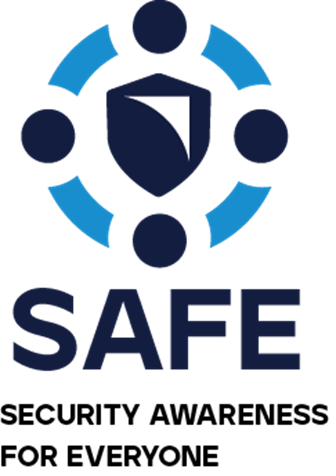Addressing Strategic Initiatives with Payment Integrity Solutions in 2023
For many Health Plans, 2023 presents unique challenges and opportunities when it comes to addressing strategic initiatives. The healthcare payer ecosystem is becoming increasingly digital, and for good reason. Data and processes that were once siloed and handled at departmental levels, are increasingly becoming more interoperable and overseen at an enterprise level with strategic investments into digital platforms, including payment integrity solutions.
In fact, Gartner cites “Payers that implement enterprise payment integrity programs and solutions are on the path to reducing medical expenses by 10% or more, with even more potential for significant reductions in administrative expense.”[1]
When it comes to Payment Integrity processes, over the past several years I’ve witnessed a significant shift away from individual point solutions that address singular pain points to digital investments that provide transparent and interoperable data and services that empower health plans to leverage up-to-date industry content, in-source capabilities, and customize the tools as needed.
For payers looking to address digital initiatives in 2023 with their editing solutions, a well-rounded approach and evaluation includes the following three items: depth of content, agility to accommodate a health plan’s unique requirements, and an “open book” approach so health plans can address the root cause of recurring payment errors.
- Unique Data Set
Q: How does Source provide a broad, unique data set?
A: Our depth of content
Source provides a unique depth of content that includes a wide range of Medicare payment policy edits, state-specific Medicaid payment policy edits, as well as Clinical, Cost-Containment, and Validation edits maintained by subject matter experts. Source is also designed to incorporate 3rd party specialty content into our ecosystem seamlessly including specialty content from MediQuant, 3M, Concert Genetics and TruthMD, to augment policy standards and ensure claims are paid accurately. Without this depth of content, Payers must rely on multiple vendors, perform excessive manual claims reviews, and risk over- or under-paying claims.
Our unique data set includes:
- Hands-off, automatic delivery of government, clinical, billing, and validation edits to handle complex policies automatically across all lines of business
- User-driven interface for easy development of customized edits to mimic medical policies
- History-based capability to look across claims for comprehensive editing
- Optional third-party edit libraries natively integrated into the solution
- Agility to accommodate a health plan’s unique requirements
Q: As more and more health plans look to better understand and control their data, how does Source enable plans to deploy their own algorithms?
A: Source was designed to be agile to address a health plan’s unique business rules
Source allows Plans to deploy their own algorithms through creation of custom edits in a flexible configuration layer, existing real-time integrations to commercial claims systems, and workflow management to map to your system’s disposition codes for appropriate adjudication decision-making.
Source deployment capabilities include:
- Use of our native content with health plan-specific customizations to standard policy
- Adapting a payer’s proprietary edits through a contemporary user interface or leverage our professional services team to assist in the process
- The ability to monitor the financial and utilization impacts of an edit before deploying it for production use
- Hierarchical structure to efficiently deploy edits enterprise-wide or to specific regions, products, providers, etc.
- The ability to allow deployment of an edit to act as informational, soft denial, or automatic denial
- Single instance of the software in the Azure cloud that connects to all health plan claims systems for streamlined maintenance and consistent editing
- No technical maintenance as Source is updated and maintained by experts on a continuous basis
- An “open book” approach
Q: How does Source enable plan to in-source a portion of their payment integrity capabilities?
A: Our “open book” approach
With Source, we’ve taken a “Black box to Open book” approach to payment integrity—ensuring that health plans have insight into root-cause analysis and the tools to address payment integrity issues upstream in the adjudication process.
This approach empowers health plans in multiple ways, including:
- Participation in Payment Integrity health checks performed by our experts to identify new cost of care or administrative savings opportunities.
- Enabling Source edit libraries in addition to your own proprietary edits through the user interface.
- Understanding the impact of edits with the use of Monitor Mode to see “what if” utilization and financial impacts that show aggregated results before turning the edit on in production.
- Enabling the edit in production with flexible adjudication decisions based on your business needs.
- Discovering new opportunities through real-time dashboards and reports while assessing the savings impacts of edits already in production.
Source uniquely provides editing content and capabilities alongside reimbursement for a comprehensive and cohesive approach to payment integrity that enables health plans to finally achieve long-term, enterprise-wide goals. This comprehensive, holistic & fresh approach to payment integrity considers reimbursement, application of medical and payment policies, analytics, and contract configuration—not as separate aspects of adjudication—but as part of an ecosystem that needs to remain agile, interoperable, and coordinated. Learn more about Source here.
[1] – Gartner, Fight Healthcare Fraud With Enterprise Payment Integrity for U.S. Payer CIOs, Mandi Bishop, Refreshed 9 October 2022, Published 4 May 2021


